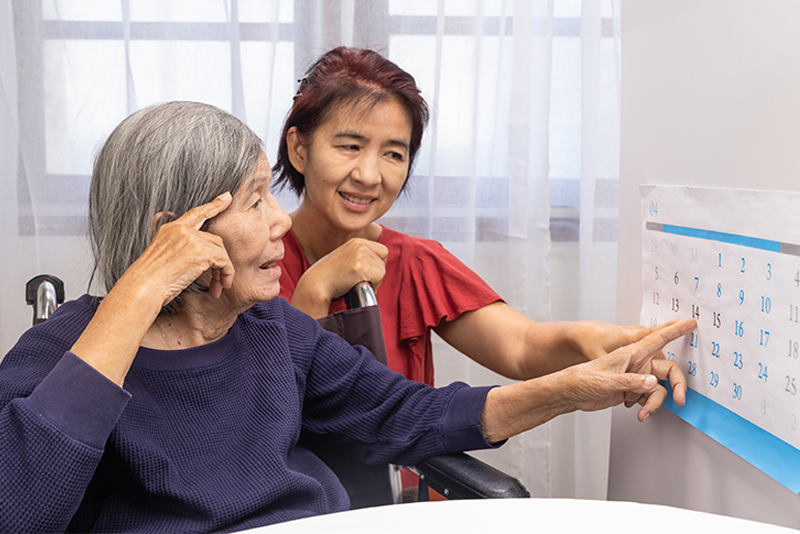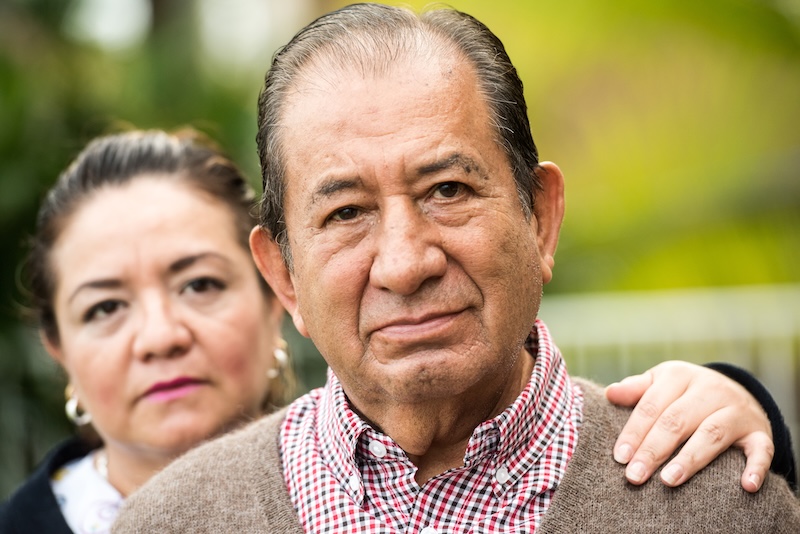When to Use Dementia Reality Orientation and When to Let It Go


Dementia reality orientation can help or hurt, depending on how and when it’s used.
Did you ever wake up in the middle of a dream and wonder, just for a second, if what you were dreaming was real? That groggy, surreal confusion can feel unsettling, until your brain catches up and you remember where you are. For someone with dementia, that moment of uncertainty doesn’t always pass. Confusion about time, place, and identity can linger, shaping their entire day.
When that happens, you’re faced with a tough question: Should you use dementia reality orientation to gently bring them back to the present, or should you step into their version of reality?
Here’s the truth: Both options have value. The key is knowing when to use each one.
Accepting Their Reality
As dementia progresses, it’s common for someone to slip into an alternate world, one where they may be 30 again, raising young children, or working a job they held decades ago. These beliefs may not reflect today’s reality, but they often reflect deeply rooted memories tied to their identity and purpose.
Accepting this perceived reality can bring comfort. For someone who believes they need to get to work, reminding them they’re retired might trigger anxiety or sadness. But responding with something like, “You’ve worked hard; today’s a day off!” can bring calm while respecting their emotional truth.
This approach, often called validation therapy, helps preserve dignity and reduce distress. It’s about meeting the person where they are instead of forcing them into a place that no longer feels safe or familiar.
Using Reality Orientation
Dementia reality orientation involves gently reintroducing the facts: the day, date, location, even the person’s age. It’s often used in early to mid-stages of dementia when cognitive function can still benefit from supportive cues.
Research shows that reality orientation, especially when paired with medications like donepezil, can help improve awareness, memory, and communication. But it’s not always the right tool for every situation.
Lead With Compassion
If someone asks, “Where’s my mom?” and she passed decades ago, saying, “She died 40 years ago!” can be emotionally devastating. Instead, try redirecting with a memory: “She always made the best Sunday roast, didn’t she?” or gently steer the conversation toward something comforting.
Reality orientation might work best in low-stakes, non-emotional scenarios. If your loved one asks, “What day is it?” you might reply, “It’s Monday, your favorite day for exercise class and lunch with Sally.” That small anchor of routine can bring a sense of stability.
When to Use Which
Ask yourself:
- Will correcting them cause distress or provide clarity?
- Is this moment about safety, or can connection take priority?
- How is the person responding: calm, confused, anxious?
If reality seems to cause distress, it’s always better to prioritize emotional safety over factual accuracy. The goal is peace, not precision.
Support That Understands the Difference
Our dementia care team is trained to recognize those subtle moments: when to gently orient, and when to let a dream keep playing. We create comfort through connection, using creative, personalized approaches to help your family member feel safe, supported, and understood.
Call us at (866) 940-4343 to learn more about expert dementia care in Santa Rosa, Novato, San Rafael, and throughout the Bay Area. When the world feels unfamiliar, we’re here to help make each day a little easier, for them and for you.








Leave a Reply